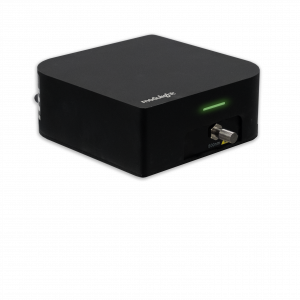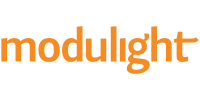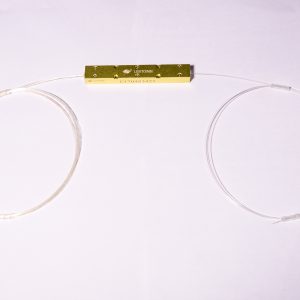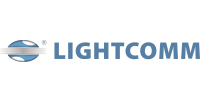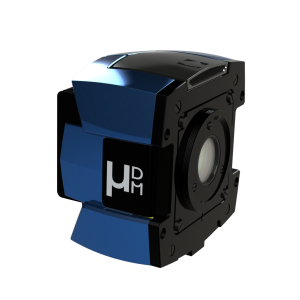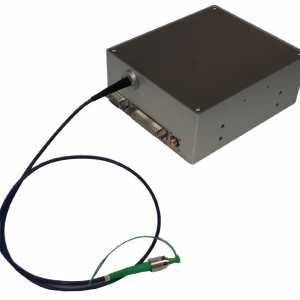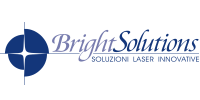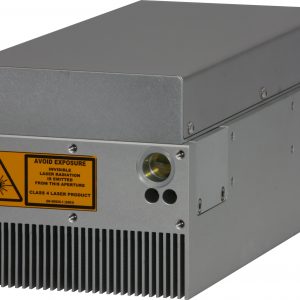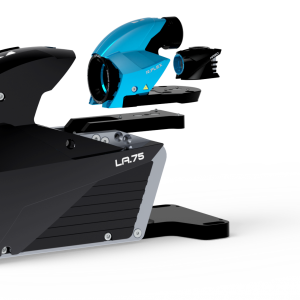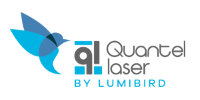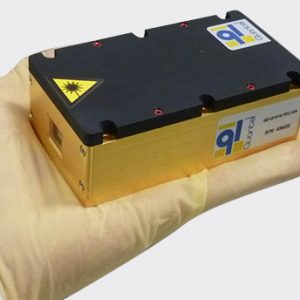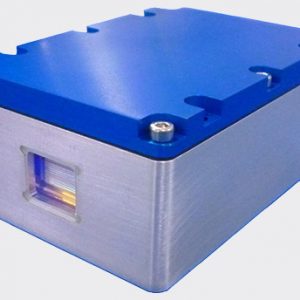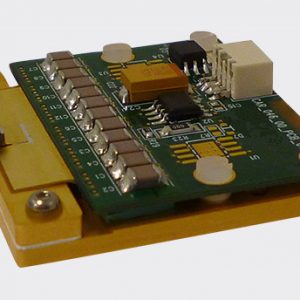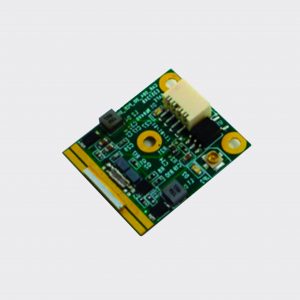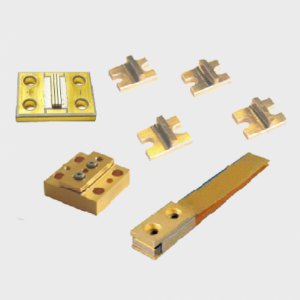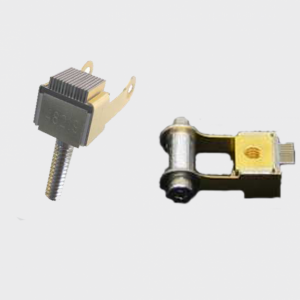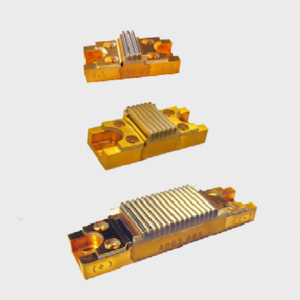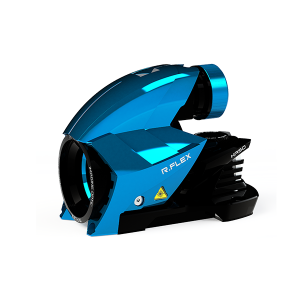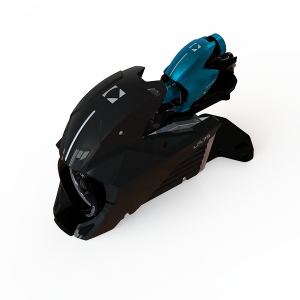Showing 81–96 of 126 results
Bernard AzoutKey features:
ML6600 laser system has 1-3 receptacle laser outputs. The control, cooling and driver are integrated, and the control supports both analog and digital modes.
• Wavelengths: 400–2000 nmPower range: up to 120 W, depending on the wavelength
Johanna TaiebKey Features:
High Signal Transfer Efficiency
Low Degradation of Beam Quality
High Power Operation (Forward version)
Wide Wavelength Range Applicable
Customized Configurations Available
Miki IluzFeatures of µDM deformable mirror for microscopy
Fast closed-loop convergence and accurate sensorless correction with perfect linearity and absence of hysteresis
Preserved photon budget with achromatic, highly reflective and continuous membrane
Long-term stability with temporal drift automatic compensation
Large dynamic range with 50% of actuators stroke still available while generating 40 microns PtV of focus
Fine timing control with trigger-in and trigger-out features
Easy integration with electronics embedded in a single-piece design and connection via a USB3 cable
Correction up to 10th Zernike order thanks to optimized actuator layout
Johanna TaiebKey Features:
1064.3 +- 0.1 nm
7ps
spectral width <0.3nm
40MHz
air-cooled and liquid-cooled version
Johanna TaiebKey Features:
Up to 0.8mJ pulse energy
@355nm @532nm @1064nm
2 to 10ns pulsewidth
Single shot to 100kHz
MOPA configurations
Monolithic design
Air cooling
Low heat waste
INFO 800+ combinations
Pick a R-FLEX
Choose a HASO
Select a LA
Select Sources
Bernard AzoutKey Features:
Energy and pulse width from 1mJ/100ns to 2.5mJ/200ns
Up to 10 kHz pulse repetition rate
Up to 20 W average power
Single wavelength emission among 808, 915, 940 or 980 nm (other wavelengths in option)
Fast axis collimation of diode bars included
High reliability (> 100 x 109 shots)
Robust design integrated into a closed protective housing
Bernard AzoutKey Features:
Energy per diode and pulse width from 1mJ/80ns to 2mJ/130ns
Up to 8mJ overall energy & 24W average power
Up to 6kHz pulse repetition rate in continuous mode (up to 10kHz available in burst mode)
Multi-wavelength emission possible with up to 4 wavelengths among 808, 915, 940 or 980 nm
Fast axis collimation of diode bars included
High reliability (> 100 x 109 shots)
Robust design integrated into a closed protective housing
Bernard AzoutKey Features:
Energy and pulse width from 1 mJ/30ns to 4mJ/100ns
Maximal pulse repetition rate between 1 and 6 kHz
Up to 6 W average power
Single wavelength emission among 808, 915, 940 or 980 nm (other wavelengths in option)
Fast axis collimation of diode bars included
High reliability (> 100 x 109 shots)
Robust design integrated into a closed protective housing
Bernard AzoutKey Features:
Energy and pulse width from 1 mJ/30ns to 4mJ/100ns
Maximal pulse repetition rate between 1 and 6 kHz
Up to 6 W average power
Single wavelength emission among 808, 915, 940 or 980 nm (other wavelengths in option)
Various beam geometry available
High reliability (> 100 x 109 shots)
Easy to integrate, robust design
Bernard AzoutKey features:
Energy and pulse width from 2µJ/3ns to 10µJ/3ns
Maximal pulse repetition rate between 100 and 500 kHz
Up to 1 W average power
Single wavelength emission among 808, 905, 915, 940 or 980 nm (other wavelengths in option)
Fast-axis collimation upon request for one-bar diode design
High reliability (> 100 x 109 shots)
Robust design, shock and vibration resistant
Bernard AzoutKey Features:
QCW operation
Highly compact design
Conductively cooled package (water cooled also available)
High conversion efficiency
Wavelengths : 795 – 830 nm, 880 nm and 9xx nm
Option with FAC lens
High temperature option available
Mechanically robust as well as shock and vibration resistant
Bernard AzoutKey Features:
High power density (500 to 1000 W QCW out of 3×3 mm² – 1200 to 2400 W QCW out of 5×5 mm²)
Highly compact design
Square emission area
Wavelength: 795–830 nm, 880 nm et 9xx nm
Options for multi-color emission
Collimation on request
High operating temperature range
Collimation on request
Mechanically robust, shock and vibration resistant
Bernard AzoutKey Features:
QCW operation
Low divergence Fast-Axis Collimation from 0.5° to 1.5° at a 400 µm pitch
Customized divergence angles available (ex: 5°, 10°)
Up to 400 W QCW per diode bar, pitch from 400 µm to 2 mm
Wavelengths: 795 – 830 nm, 880 nm and 9xx nm
High efficiency
Low thermal resistance package
Mechanically robust, shock and vibration resistant
Approved for space applications
Johanna TaiebBEST FOR VERSATILITY
KEY SPECS
Johanna TaiebKEY FEATURES
KEY SPECS

